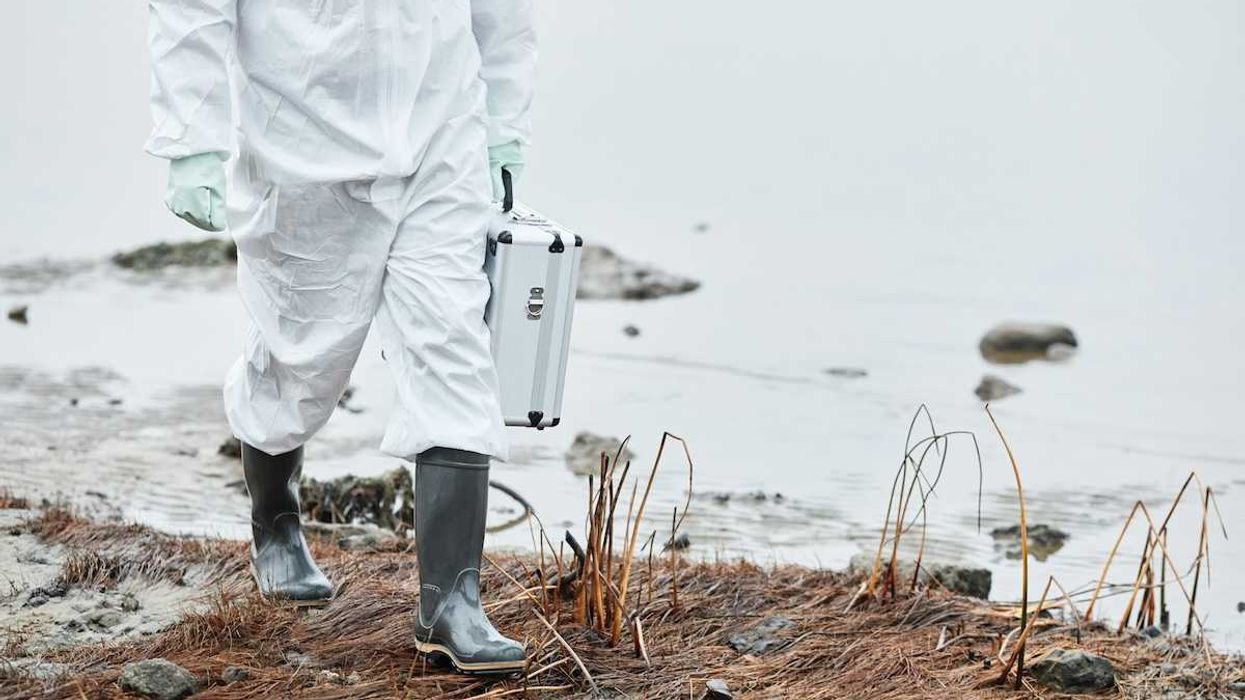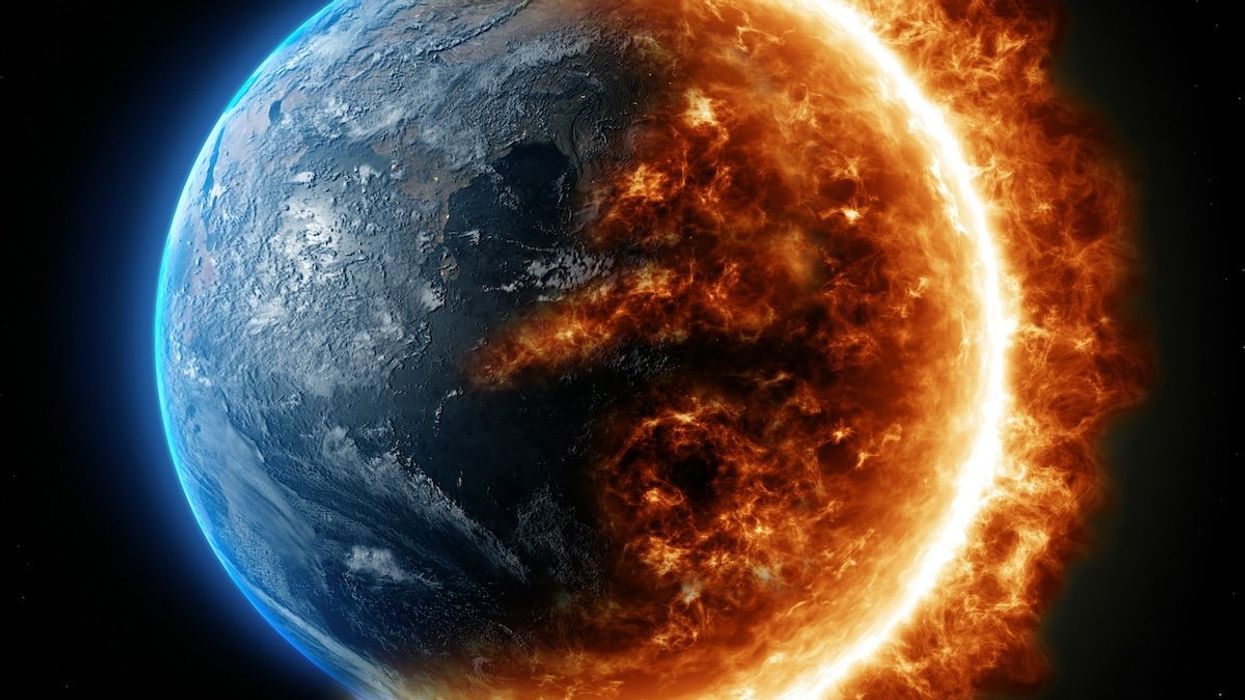The herbicide 2,4-D, linked to possible cancer and other health concerns, is used most heavily in Midwestern and Southern states, where glyphosate-resistant weeds have pushed farmers toward more aggressive chemical controls.
Jasmine Laws reports for Newsweek.
In short:
- U.S. Geological Survey data shows high 2,4-D use in Iowa, Missouri, Illinois, Indiana, Kansas, and other major crop-producing states, driven by resistance to glyphosate.
- Scientists and public health experts warn that exposure to 2,4-D may be associated with non-Hodgkin’s lymphoma, endocrine disruption, and fertility issues, though cancer risks remain under debate.
- The pesticide, a component of Agent Orange, persists in soil and water, raising concerns about environmental drift and chronic dietary exposure, especially for vulnerable groups like farmworkers and children.
Key quote:
“I am concerned if farmers or farmworkers are not using effective safety gear and thus may be excessively exposed via inhalation or skin contact. I am also concerned that 2,4-D may contaminate drinking water sources.”
— David F. Goldsmith, occupational and environmental epidemiologist at George Washington University
Why this matters:
2,4-D has been used for decades to kill broadleaf weeds, but its expanded use in the face of herbicide resistance has intensified scrutiny. While some studies say cancer risk is low at typical exposure levels, the chemical still presents environmental and public health concerns. It can linger in food, water, and air, affecting farmworkers, nearby residents, and consumers. Pesticide drift and runoff increase the chance of exposure for people living near sprayed fields, and the health effects may be compounded over time. The uneven burden of exposure — particularly among agricultural workers, including many non-English speakers — raises questions of environmental justice and regulatory oversight.
Related:














